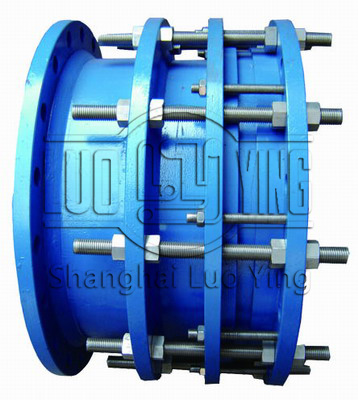Types and standards of monoflange limit expansion joints
Jul-23-03
Types and standards of monoflange limit expansion jointsThe single flange limit expansion joint relies on the centrifugal force of the pipe to form a vacuum suction to lift the water, so when the single flange limit expansion joint is started, it must first be closed and flooded with water. The water level exceeds above the pipe part and the air in the single flange limit expansion joint is discharged before it can be started. After starting, a vacuum is formed around the pipe to suck the water upward and its can be opened automatically to lift the water.
The shaft power of single flange limit expansion joint at zero flow condition is between the above two kinds of pumps, 100%~130% of the rated power, so the starting characteristics of single flange limit expansion joint should also be between the above two kinds of pumps with full open valve start. The shaft power of single flange limit expansion joint is large at zero flow condition, 130%-190% of the rated shaft power, so similar to axial flow pump, the starting characteristic of single flange limit expansion joint should be large flow starting.

Control the flow and head of the single flange limit expansion joint as much as possible within the range indicated on the label to ensure that the single flange limit expansion joint is operating at a high efficiency point in order to obtain a big energy saving effect. Check the single flange limit expansion joint and pipeline and the combination has no loose condition. With monoflange limit expansion joint, see if the monoflange limit expansion joint is flexible. Check the wear and tear of the bushing of the single flange limit expansion joint on a regular basis, and replace it in time after the wear and tear is larger.

